2018-10-12
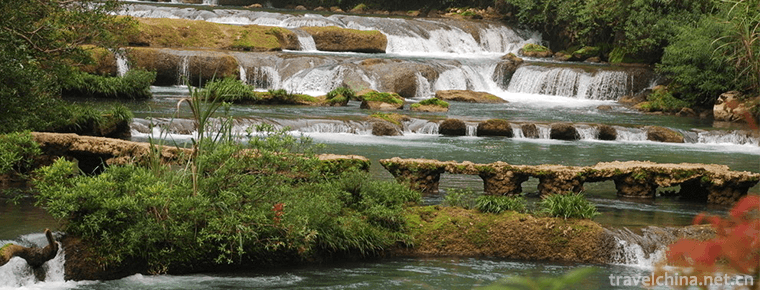
- By ChinaWiki.net
- Chinese Edition
- 2018-12-12
Libo Zhangjiang Scenic Spot is located in Libo County, Buyi and Miao Autonomous Prefecture, Guizhou Province, with a total area of 118.8 square kilometers. It is composed of big and small Qikong scenic spot, Shuichunhe scenic spot and Zhangjiang scenic belt.
The scenic area is characterized by rich and varied karst landforms, beautiful and peculiar water scenery of Zhangjiang River, flourishing primitive forests, various rare species of animals and plants. It combines the peculiar natural scenery of mountains and waters with the national characteristics of local Buyi, Shui and Yao nationalities. It is the first World Natural Heritage site in Guizhou.
Historical evolution
Since the Ministry of Construction launched the comprehensive renovation of national scenic spots in 2003, the Management Office of Zhangjiang National Scenic Spot in Libo has actively organized and implemented, and the renovation work has achieved remarkable results.
From 2003 to 2007, the Libo Zhangjiang National Scenic Spot took comprehensive renovation activities as an opportunity, combined with the actual work of the scenic spot, made considerable improvements in the establishment of signs and signs, management system and institution building, planning and core scenic spot protection, investigation and punishment of illegal construction, management system construction and supervision information system construction.
On November 17, 2008, Guizhou Provincial Construction Department compiled "Detailed Planning of Zhangjiang Scenic Belt Scenic Spot in Libo Zhangjiang Scenic Spot" according to the development needs of scenic spots, and adopted public bidding to select planning and design compilation units.
In 2009, Libo County began to declare 5A scenic spots, investing 53 million yuan to speed up the improvement of scenic infrastructure construction.
On November 27, 2009, the Libo Zhangjiang Scenic Spot passed the AAAA rating group of the National Tourism Administration.
In 2013, the Guizhou Provincial Party Committee and the provincial government promoted the construction of the "five 100 projects" platform, and the Libo Zhangjiang scenic spot was listed as the key demonstration scenic spot in the "100 tourism scenic spots".
In 2015, the Libo Zhangjiang Scenic Area was officially rated as the 5A Scenic Area of the State and became the 4th National 5A Scenic Area of Guizhou Province after the preliminary evaluation by the National Tourism Administration and online publicity.
geographical environment
Libo Zhangjiang Scenic Spot is located in Libo County, Buyi and Miao Autonomous Prefecture of Southern Guizhou Province, adjacent to Huanjiang and Nandan counties of Guangxi. Located in Guilin-Guiyang-Kunming triangular tourism blank area . Libo Zhangjiang Scenic Spot is located between 107 37'- 108 18 longitude East and 25 07'- 25 39 latitude north. The Zhangjiang River runs through the whole scenic area from east to west, linking Shuichun River scenic area, Daqikong scenic area, Xiaoqikong scenic area and Yaoshan mountain together. The average annual flow of Zhangjiang River is more than 6 cubic meters per second.
Scenic spots
The total area of the scenic spot is about 118.8 square kilometers, and the core area is 34.8 square kilometers. It consists of Xiaoqikong scenic spot, Daqikong scenic spot, Shuichunhe scenic spot and Zhangjiang scenic belt. There are 48 representative scenic spots, including 4 super scenic spots, 6 first-class scenic spots, 10 second-class scenic spots, 16 third-class scenic spots and 12 fourth-class scenic spots.
Xiaoqikong Scenic Area
Xiaoqikong Scenic Spot is one of the four scenic spots of Zhangjiang Scenic Spot. It is located in the southern edge of Guizhou Plateau. Its east longitude is 107 degrees 39'-107 degrees 95', north latitude is 25 degrees 12'-25 degrees 34', and its total area is 46.4 square kilometers. The scenic spot integrates forests, caves, lakes, stones, water and other landscapes. It is exquisite and beautiful, and enjoys the reputation of "super bonsai". The scenic spot is famous for its delicacy, beauty, simplicity and tranquility. It changes scenery step by step and is refreshing. There are 21 scenic spots such as Xiaoqikong Ancient Bridge, Laya Falls, 68-level Falls, Stone Forest, Wild Boar Forest, Water Forest, Tianzhong Cave, Wolong Tan, Yuanyang Lake, etc.
Daqikong Scenic Area
Daqikong Scenic Spot is one of the four major scenic spots of Zhangjiang Scenic Spot. It is located in the southern edge of Guizhou Plateau. Its east longitude is 107 degrees 39'-107 degrees 95', north latitude is 25 degrees 12'-25 degrees 34', and its total area is 36.2 square kilometers. The scenic spot is a combination of karst landform and hydrological landscape, featuring primitive forests, canyons, volcanic currents and underground lakes. The scenery is steep, magical and magnificent, full of adventure and mystery. The main scenic spots are Daqikong Ancient Bridge, Terror Gorge, Tiansheng Bridge, Deer Wind Tunnel, Di'e Forest, Longtou Mountain, Second Floor River, Di'e Palace and so on.
Shuichun River Scenic Area
Shuichun River Scenic Area is a canyon up to 13 kilometers in the upper reaches of Zhangjiang River. It is also the longest Canyon in the Scenic Area. Qifeng cliff clings to the riverbank, where the river water is hindered by the collapse of huge rocks on both sides, forming a unique landscape of Shuichun River. The two sides are piled up in mountains and close to the valley. The relative elevation of the cliff peaks is about 200 to 300 meters, while the water surface is only a few meters to a dozen meters high and wide. It constitutes the adventure landscape of "Thirteen Waves, Seven Beaches" and becomes a resort for drifting adventures. The main scenic spots are Meitan, also known as "Trial Bile Wave", Bitter Bamboo Beach, Bailonglang, Baishitan, Natural Drawing, Ma Nie Beach, Sister Peak, Sister Beach, Xiaoyao Wave, Changlang, Baiyan, Longwang Cave, Sunset Map, etc.
Scenic Spot of Zhangjiang Scenic Belt
Zhangjiang Scenic Spot is one of the four major scenic spots of Zhangjiang Scenic Spot in Libo, with a total area of 15.1 square kilometers. Planning combines the location advantages and resource characteristics of the scenic spot, and makes it a comprehensive tourist area with ecological sightseeing, pastoral leisure, ethnic customs experience and exploration.
Wolong Valley Drifting
Wolong Valley, located in Xiaoqikong Scenic Area of Libo County, is an open current between Yuanyang Lake and Wolong Tan. Because of its good water quality and its ability to absorb and refract more blue and green light, it is mostly blue-green. Wolong Valley drifting, from Wolong Tan down the stream to Yuanyang Lake, drifting for about 1.5 hours, drifting fare: 50 yuan per person.
Characteristics of scenic spots
Libo Zhangjiang Scenic Spot is based on typical, rich and concentrated karst primitive forests and waterscape of Zhangjiang River system on Karst landform. It is characterized by a variety of landscapes, unique landscapes, magical and dense primary vegetation, rare and rare biological species, and beautiful real mountains and waters. It is supplemented by pastoral scenery and deep-rooted minority customs. Bright and mysterious. In the scenic area, there are many peaks and mountains, streams and streams, good ecological environment, and a wide variety of rare animals and plants. Experts at home and abroad believe that the world's karst landforms are well preserved and unique green gems. The mysterious and peculiar karst forest, which perfectly combines trees, stones, water, vines, trees and irrigation, fully demonstrates the miracle of nature. The scenic spot has complete landforms, water bodies, vegetation and humanistic landscape. It integrates mountains, waters, caves, forests, lakes, waterfalls, dangerous beaches and rapids. It combines wonder, quiet, steep, beautiful, ancient, wild, majestic, dangerous and beautiful. It has high ornamental value. It is a scenic spot with both magical natural beauty and strong ethnic customs of Buyi, Shui, Yao and Miao.
Honor
In January 1994, the State Council approved and promulgated the Libo Zhangjiang Scenic Area as the third batch of national key scenic spots.
In 2004, the Guizhou Provincial Committee and the Guizhou Provincial Government listed the Libo Zhangjiang Scenic Spot as the first "priority priority development tourism areas" in Guizhou Province.
In 2005, in the "China's Most Beautiful Place" award sponsored by China National Geographic magazine, it was named the most beautiful place in China and won the title of "China's most beautiful forest".
On November 28, 2007, the Zhangjiang Scenic Spot Management Office of Libo, Guizhou Province, became one of 43 "excellent units in comprehensive renovation of national scenic spots" in China.
In 2015, Libo Zhangjiang Scenic Spot became the first scenic spot in Qiannan to win the first batch of 37 "China Forest Oxygen Bar" honors.
Tourism information
Tickets for scenic spots
Tickets for Xiaoqikong Scenic Spot:
Off season: 90.00 yuan per person; peak season: 110.00 yuan per person
Sightseeing bus ticket: 40.00 yuan per person
Mandarin Lake Self-help Rowing Ticket: 30.00 yuan/person/hour
Tickets for Daqikong Scenic Spot:
Off season: 45.00 yuan per person;
Peak season: 55.00 yuan per person.
Cruise ticket: 20.00 yuan per person (one way)
Traffic routes
Libo has convenient transportation. The Expressway goes directly to Libozhang to Libo Zhangjiang Scenic Spot. Traffic schedule (4 sheets)
River scenic spots, from Guiyang, Duyun, Kaili, Nanning, Liuzhou, Chongqing, Guangzhou and other large and medium-sized cities have direct bus to Libo.
Libo Regional Airport is only 13 kilometers away from Libo County Town. It can be arrived in less than half an hour by bus. At present, Guiyang, Guangzhou, Shenzhen, Chongqing and other flights are open.
Guizhou-Guangzhou high-speed railway passes through Duyun Station and Sandu Station in southern Guizhou Province and can reach Zhangjiang Scenic Area in Libo in just over an hour. The two nearest railway stations to Libo are Dushan and Mawei Railway Stations. You can choose to take a train to one of them and change passenger trains to Libo. These two places are about 1.5 hours to Libo County Town, and only 20 minutes from Mawei Railway Station to Ximen of Xiaoqikong Scenic Area. Cheng.
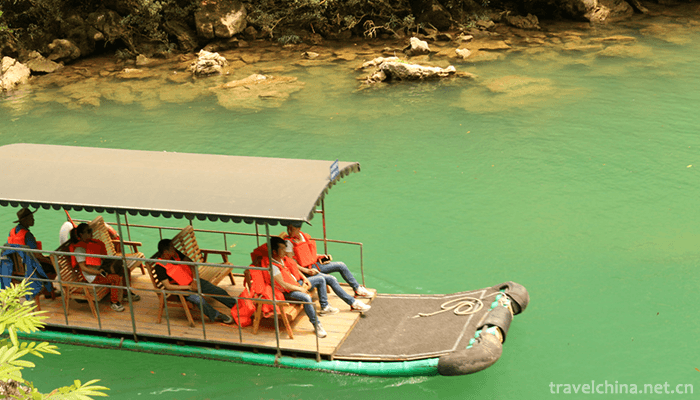
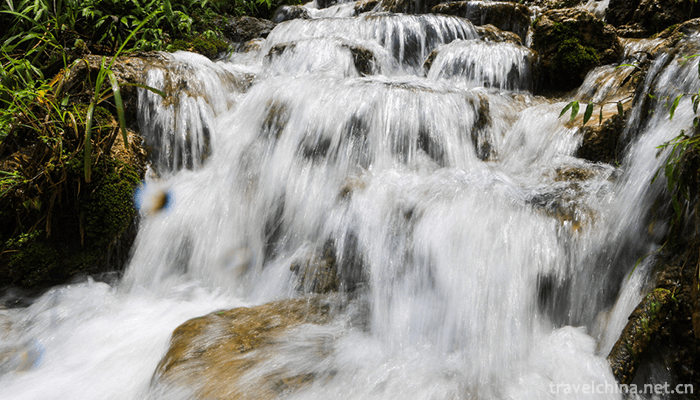
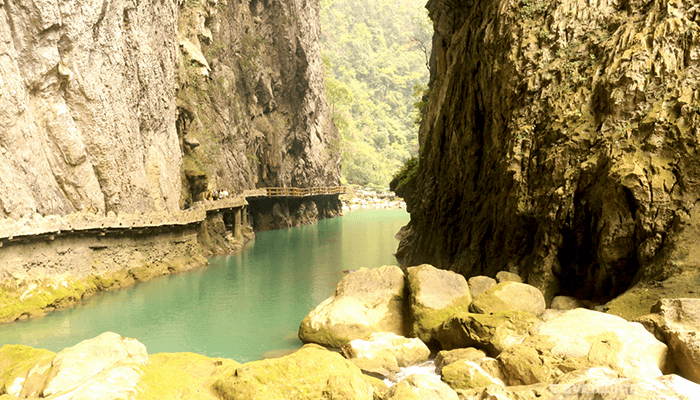
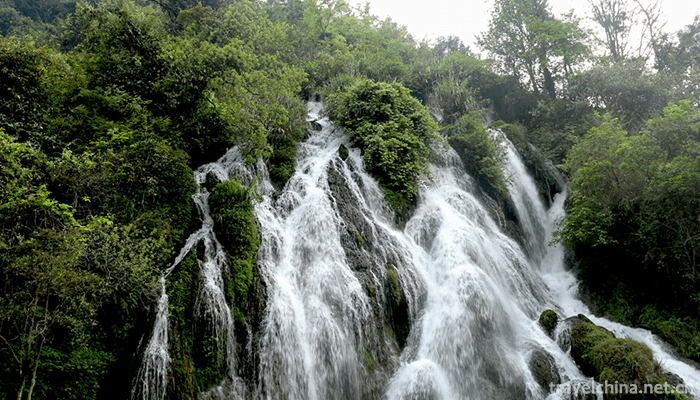
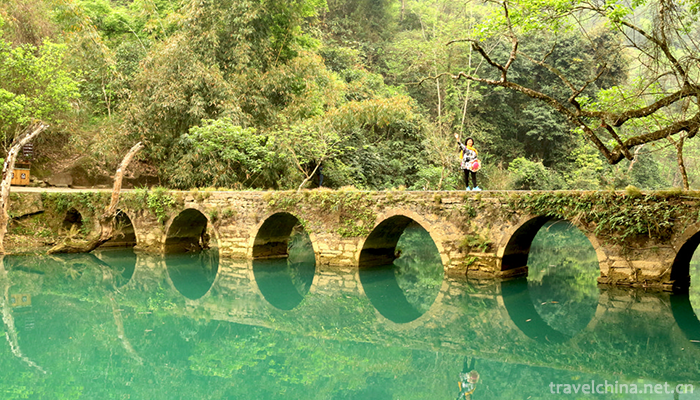
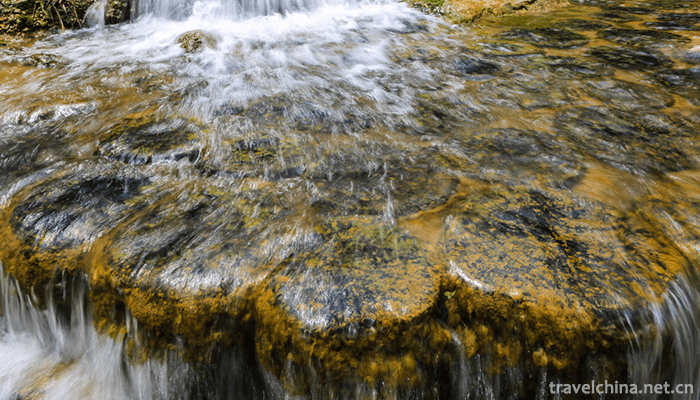
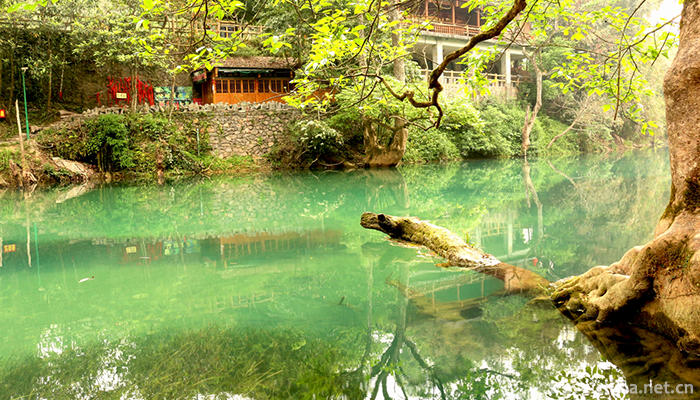
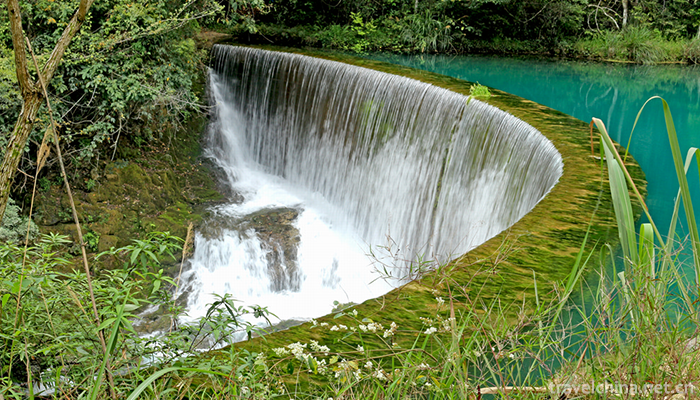
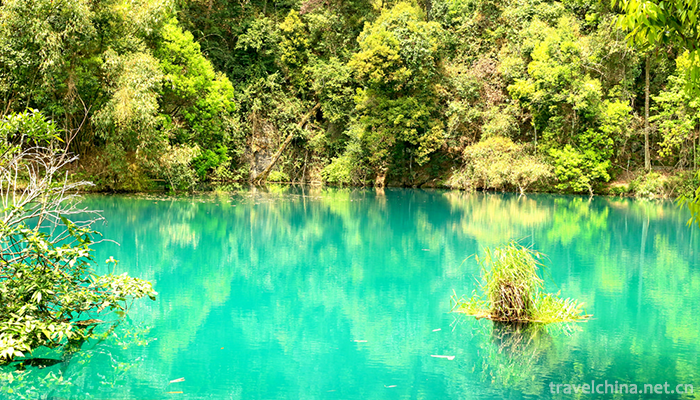

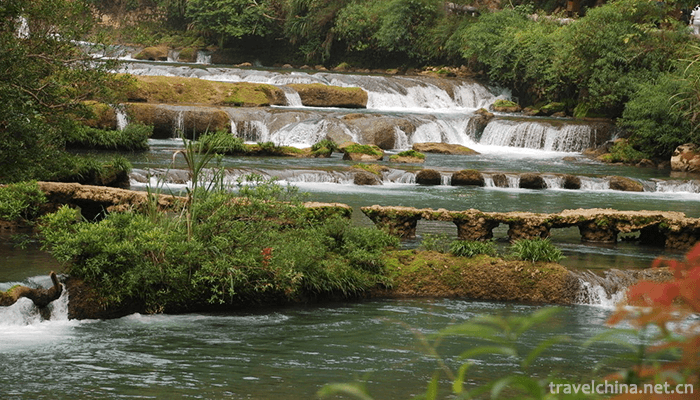
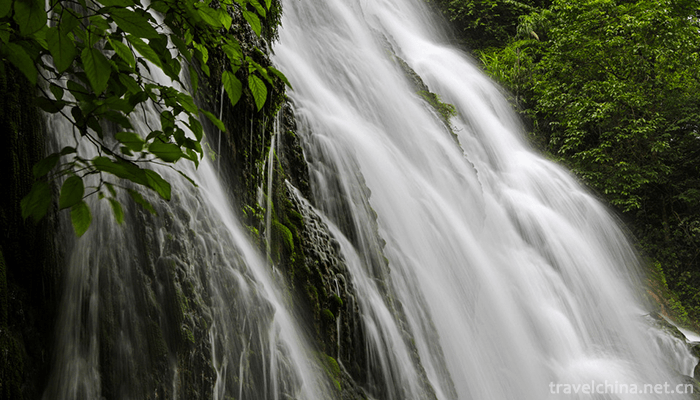
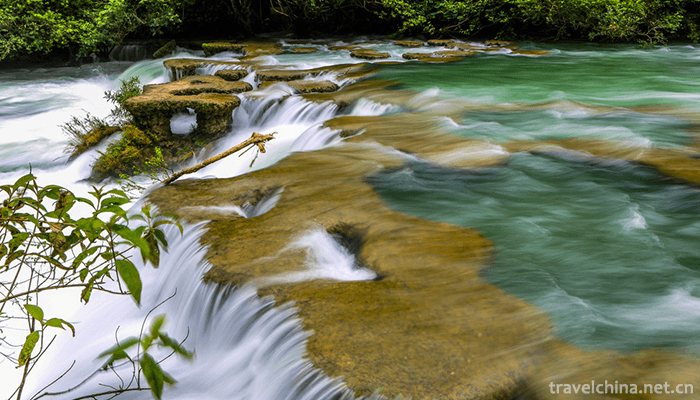
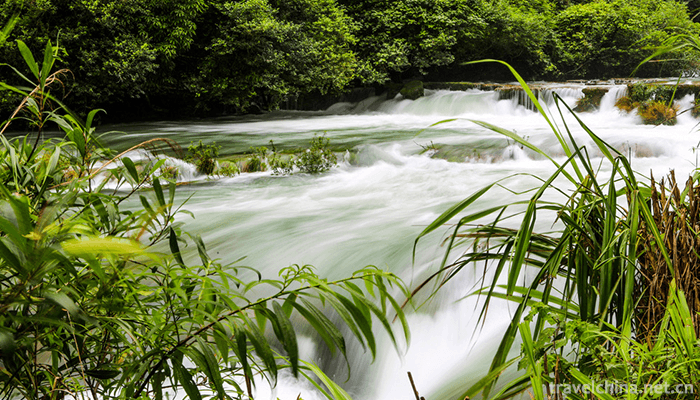
Ask a Question
Your email address will not be published.

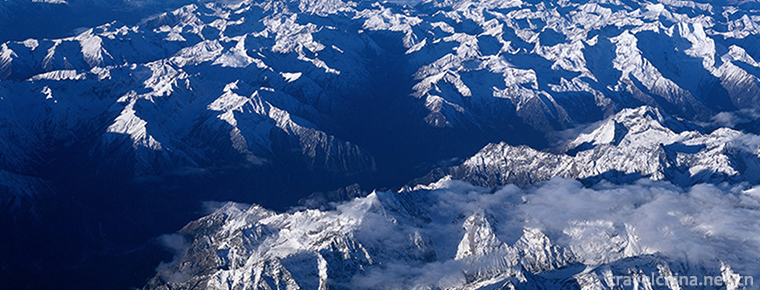
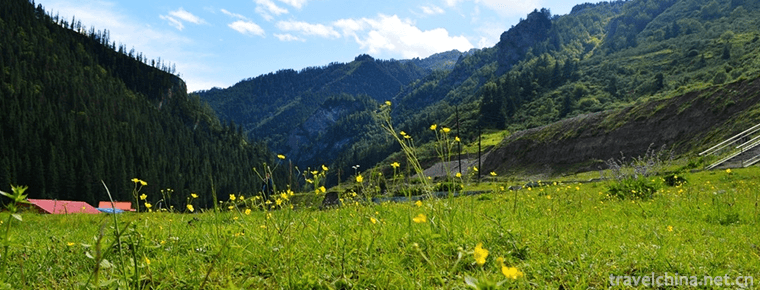
0 Questions